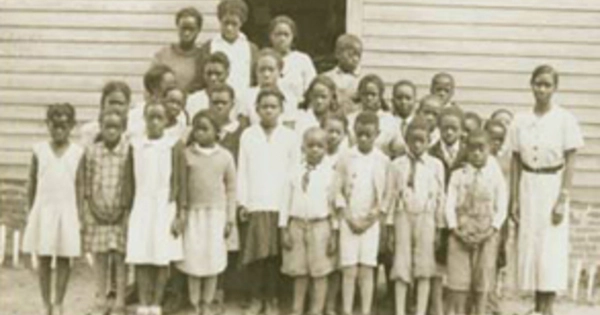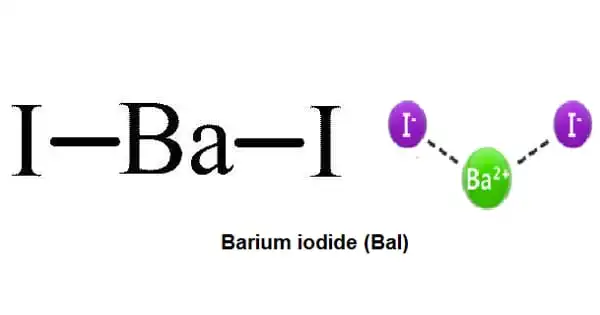Racial segregation is the practice of separating people based on their race or ethnicity, usually with the goal of establishing distinct and separate communities or spaces for different racial groups. In everyday life, it is the division of people into racial or ethnic groups. According to the International Criminal Court’s Rome Declaration and Statute of 2002, racial segregation is an international crime of apartheid and a crime against humanity.
Segregation can include the spatial separation of races as well as the compulsory use of various institutions, such as schools and hospitals, by people of different races. This separation can occur in many areas of life, including housing, education, public transportation, and even social interactions. It can be applied to specific activities such as eating in restaurants, drinking from water fountains, using public restrooms, attending schools, going to movies, riding buses, renting or purchasing a home, or renting hotel rooms.
Racial segregation has been a persistent issue throughout history, particularly when it comes to discriminatory practices against minority groups. Furthermore, in hierarchical situations, segregation frequently allows close contact between members of different racial or ethnic groups, such as allowing a person of one race to work as a servant for a person of another race.
Racial segregation has frequently been used to institutionalise and enforce racial discrimination and inequality. It has been prominent in various parts of the world, including the United States during the Jim Crow era and South Africa during apartheid, among others.
Racial segregation in the United States has historically resulted in separate schools, public transportation, housing, and even separate drinking fountains and restrooms for various racial groups. These laws and practices were designed to maintain white supremacy while denying African Americans and other minority groups equal rights and opportunities.
The Civil Rights Movement in the United States, as well as similar movements in other countries, fought racial segregation in order to create more equitable societies. Important landmarks, such as the Brown v. Board of Education Supreme Court decision in 1954, were critical in ending segregation in public schools in the United States.
While significant progress has been made in combating racial segregation and promoting civil rights, it is critical to recognize that racial disparities and discrimination continue to exist in various forms. Governments, institutions, and individuals must continue to work to build inclusive and just societies that provide equal opportunities and rights to all people, regardless of race or ethnicity.
















